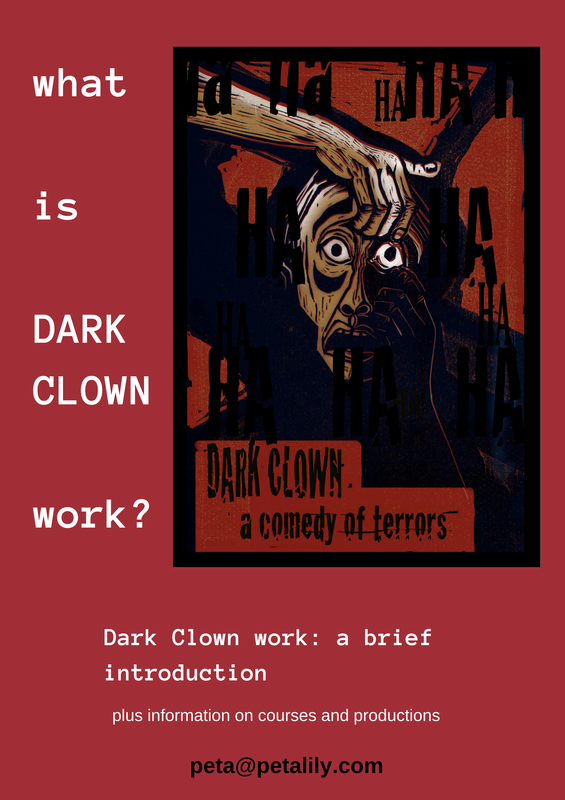Although I teach Clowning, I also teach a course called Comedy Toolbox, aimed at actors delivering comic text, devising theatre makers and improvisors. I also teach Commedia dell'Arte, Physical Theatre, Mime and (now!) Archetypal Mask.
I have for many years been interested in comedy and the phenomena of laughter. I have a number of books on comedy on my shelves - I have also read Oliver Double's book Stand-Up! I found Robert R. Provine's book Laughter: A Scientific Investigation very interesting.
In my Dark Clown work, understanding of the mechanics of laughter is key.
When I perform I cross-over genres. Since 1999, (and in a 1984 show called Hiroshima Mon Amour - no relation to the film) occasionally earlier, my shows have used/use direct address to the audience. In 1987 I performed with Claire Dowie in All over Lovely. She and her collaborator Colin Watkeys described their work as "Stand-up Theatre.' My shows from 1999 onwards include, in various combinations aspects of story-telling, spoken word, comedy, long-form standup, clowning and physical theatre. One audience member described my show Imperfection as 'non-linear drama'. Dave Spathaky (ex- Ra Ra Zoo Circus Company) who set up the Facebook page 'Clown Power', recently described me this way: 'Peta Lily...is in a liminal world between clown and theatre. She has really invented her own genre.' Thank you Dave!
I love the craft of comedy and am fascinated by the skills involved in creating and managing audience engagement. I enjoy reading about the business of laughter making, so the work of standup comedians is of interest to me. I appreciate very much that Oliver Double has made a methodical and yet still practical study of comedy. I appreciate his investigative approach - I was struck in 'Stand-up!' that Double had identified that the cultural stereo-typing of old-school style comedians was partly influenced by the environment of the working man's club - noisy, full of distractions and highly social - so jokes needed to be in a vivid short-hand to have impact.
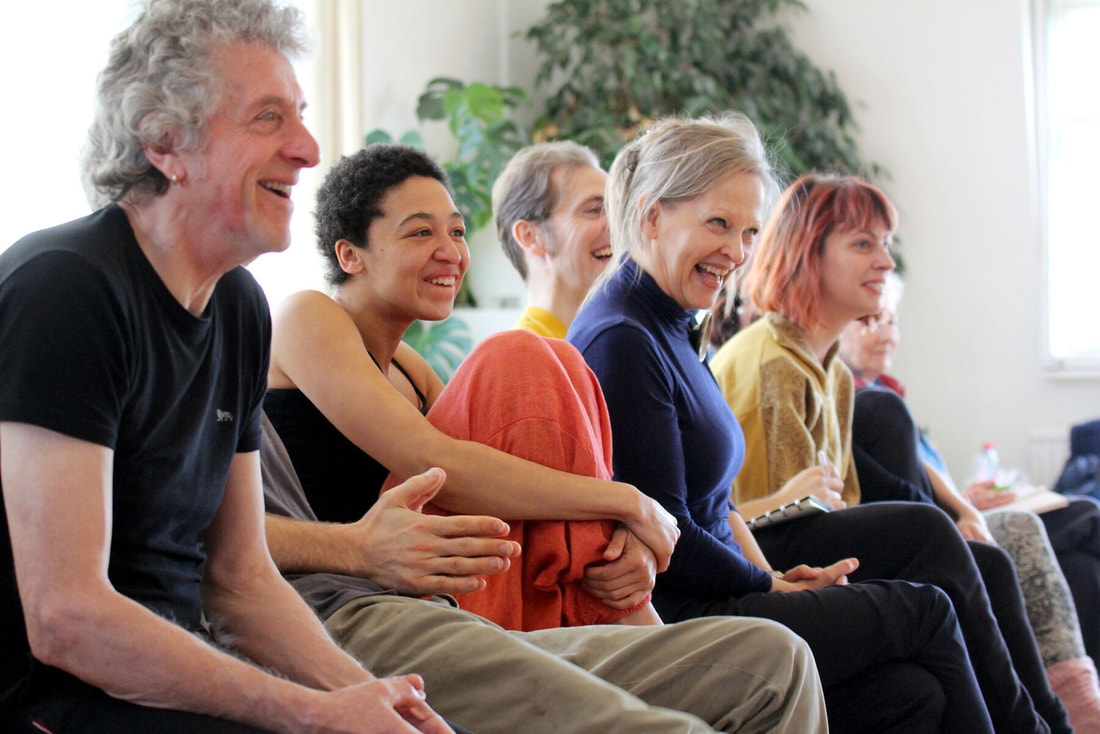
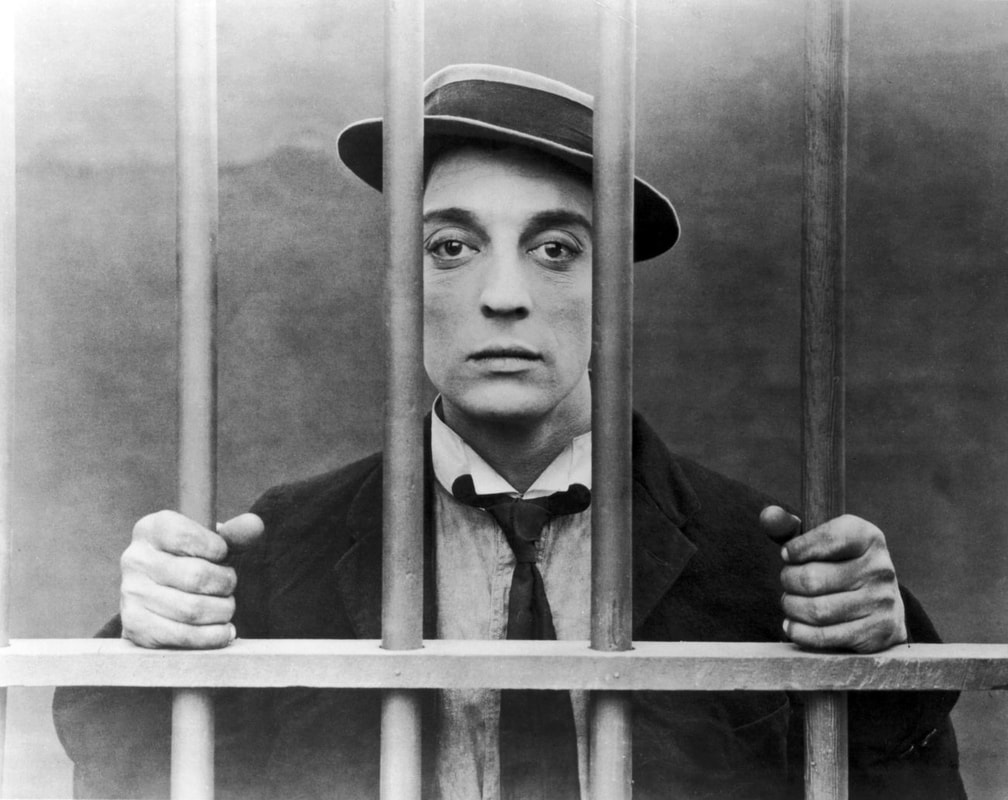
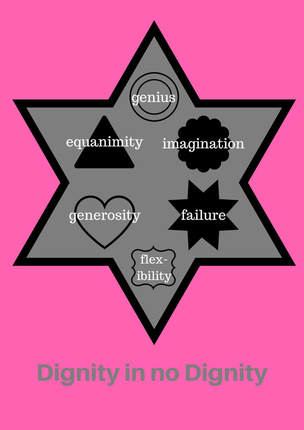
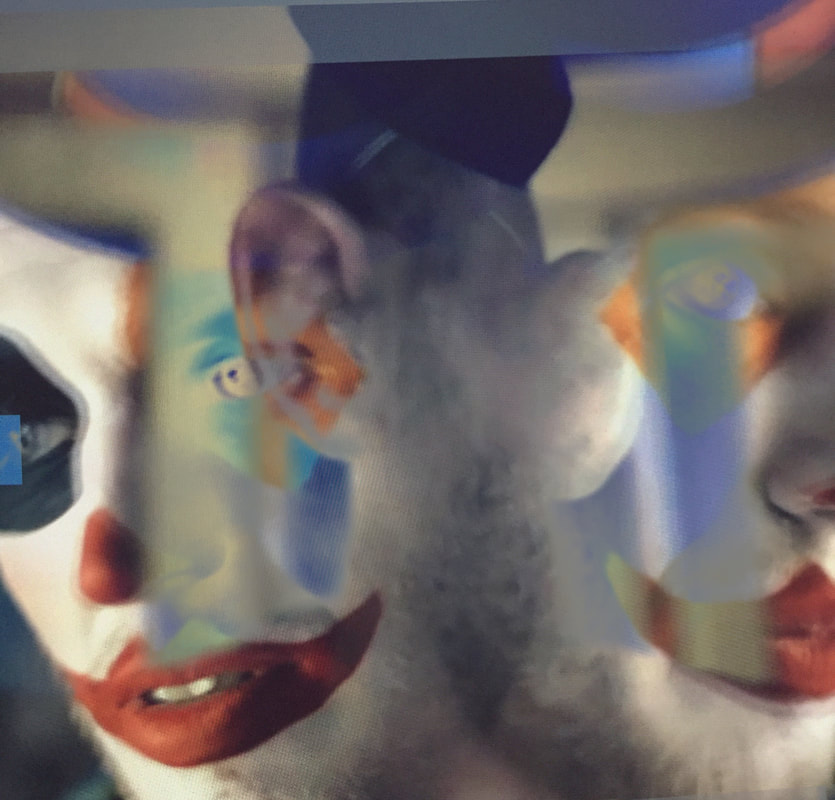
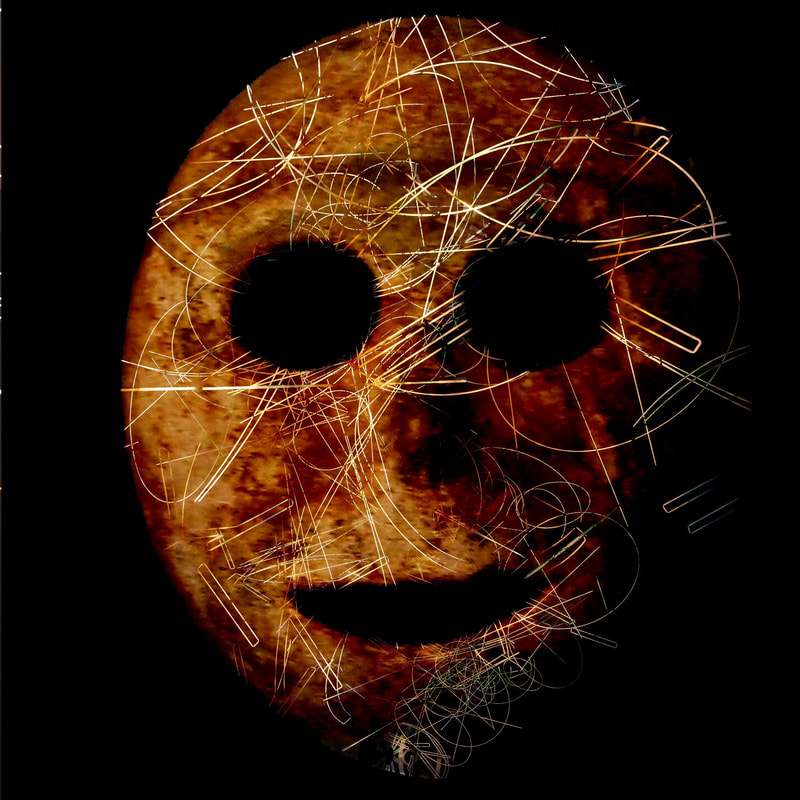
 RSS Feed
RSS Feed
